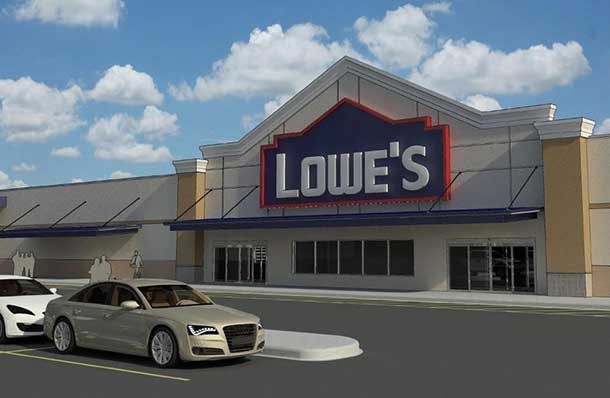Financing home improvements is notoriously difficult and time-consuming, not to mention expensive. Fees are often high and the application process takes forever. There’s also a lot of paperwork involved which can be daunting.
Finding a Loan
If you’re looking for a loan to finance home improvements, there are a few things to keep in mind. First, you’ll need to decide what type of loan you want. There are two main types of loans for home improvements: secured and unsecured. Secured loans are backed by collateral, such as your home equity or a savings account. This means that if you default on the loan, the lender can take your home or savings as repayment. Unsecured loans don’t have any collateral backing them up, so they tend to have higher interest rates than secured loans.
Once you’ve decided on the type of loan you want, you’ll need to shop around for the best deal. Compare interest rates, fees, and terms from several lenders before choosing one. Be sure to read the fine print carefully so that you understand all of the terms and conditions of the loan agreement.
Finally, make sure that you can afford the monthly payments before taking out a loan. Home improvement loans can be a great way to finance necessary repairs or upgrades, but only if you can make the payments without strain. Defaulting on your loan could result in losing your home or other assets, so make sure that you can afford the payments before taking out a loan.
Types of Home Improvement Loans
There are several types of home improvement loans available to homeowners. The most common are personal loans, home equity loans, and HELOCs.
Personal Loans: Personal loans are unsecured loans that can be used for almost any purpose, including home improvements. They typically have a fixed interest rate and repayment term, making them easy to budget for. Home Equity Loans: Home equity loans are secured by the equity in your home. They usually have a lower interest rate than personal loans and can be used for larger projects. However, they also require monthly payments and can put your home at risk if you default on the loan. HELOCs: A HELOC is a line of credit secured by the equity in your home. It can be used for smaller projects and has the flexibility of a credit card, but it also comes with the risk of foreclosure if you default on the loan.
Pros and Cons of Home Improvement Loans
There are many benefits to securing a loan to finance home improvements. Perhaps the most obvious benefit is that it can increase the value of your home. In addition, it can also make your home more comfortable and functional. Moreover, if you finance your improvements with a loan, you may be able to deduct the interest on your taxes.
However, there are also some drawbacks to taking out a loan to finance home improvements. For one thing, you will have to pay interest on the loan, which can add up over time. Additionally, if you default on the loan, you could lose your home. Therefore, it is important to carefully consider whether or not a home improvement loan is right for you before making any decisions.
Secured vs Unsecured Loans
There are two main types of loans that you can use to finance home improvements: secured and unsecured. Secured loans are backed by collateral, which means that the lender can seize your assets if you default on the loan. Unsecured loans are not backed by collateral, which means that the lender cannot seize your assets if you default on the loan.
Secured loans typically have lower interest rates than unsecured loans because they are less risky for the lender. However, they may be more difficult to qualify for if you have bad credit. Unsecured loans may be easier to qualify for, but they typically have higher interest rates because they are riskier for the lender.
Which type of loan is right for you will depend on your financial situation and goals. If you need a large loan amount and have good credit, a secured loan may be the best option. If you need a smaller loan amount or have bad credit, an unsecured loan may be the best option.
Getting the Right Loan for You
There are a lot of different loans out there that you can use to finance your home improvements. It can be tough to figure out which one is right for you, but it’s important to do your research and make sure you get the best loan possible.
The first step is to figure out how much Money You Need to Borrow. This will help you narrow down your options and find loans that fit your needs.
Once you know how much money you need, start shopping around for loans. Compare interest rates, fees, and terms to find the best deal. You can use an online tool like Credible to compare loans from different lenders.
Once you’ve found a few good options, it’s time to apply for the loan. Be sure to read all of the fine print before you sign anything. Once you’ve been approved, make sure you make your payments on time and in full to avoid any penalties or fees.
If you follow these steps, you’ll be on your way to getting the best loan possible for your home improvement project.



